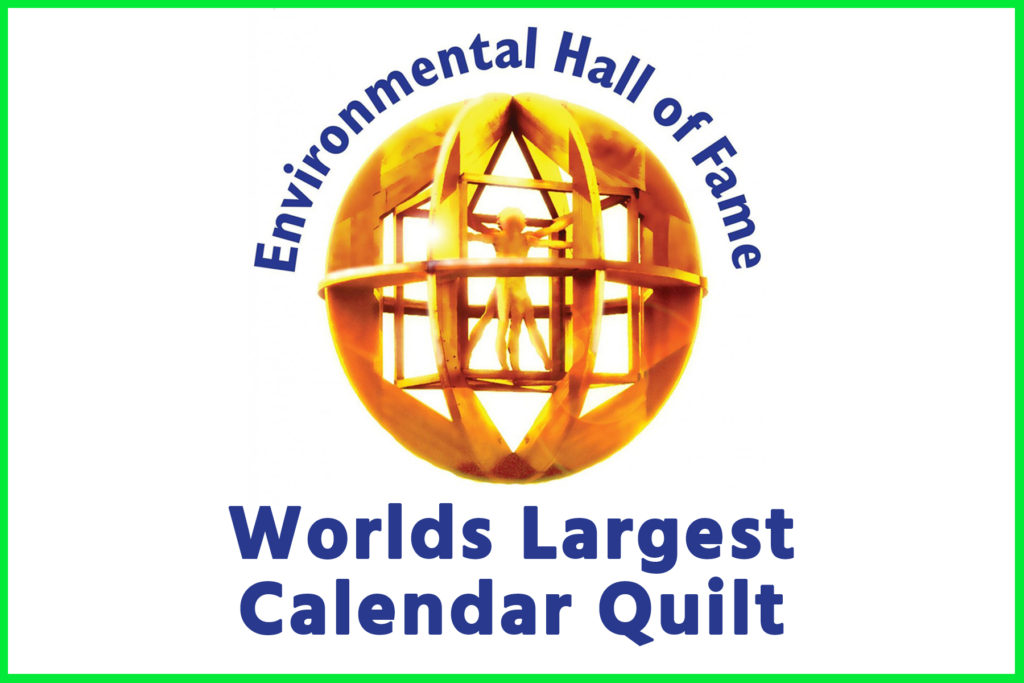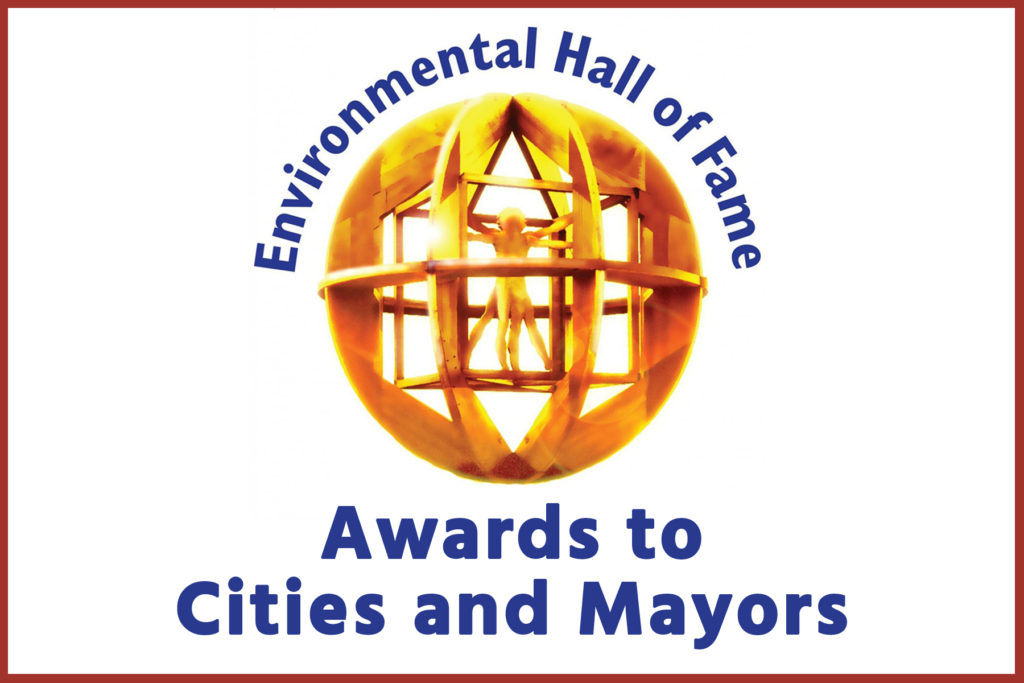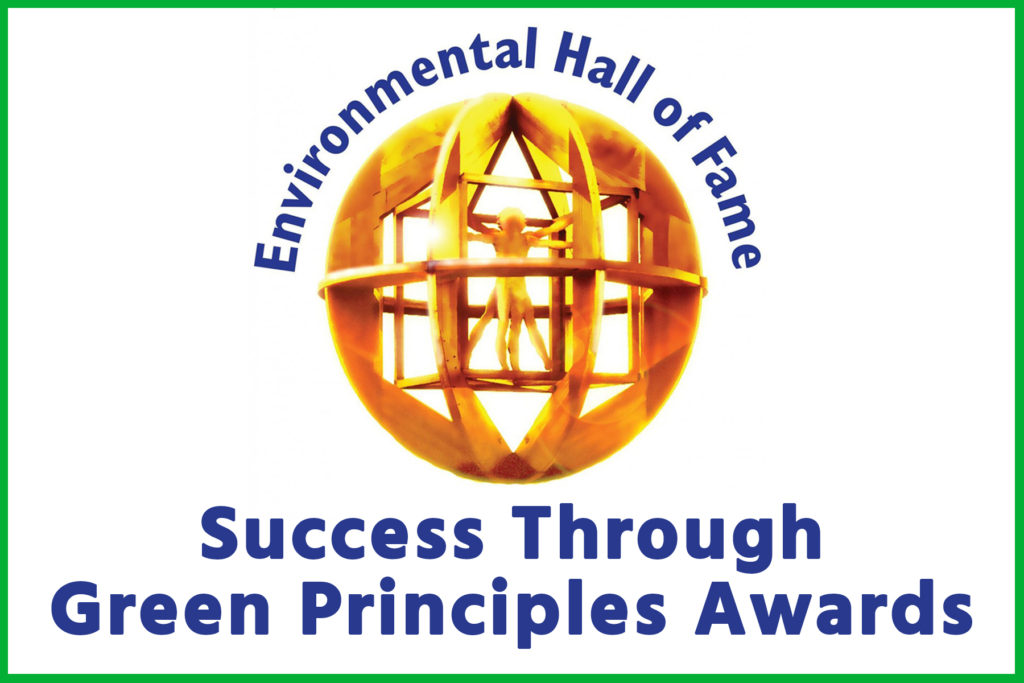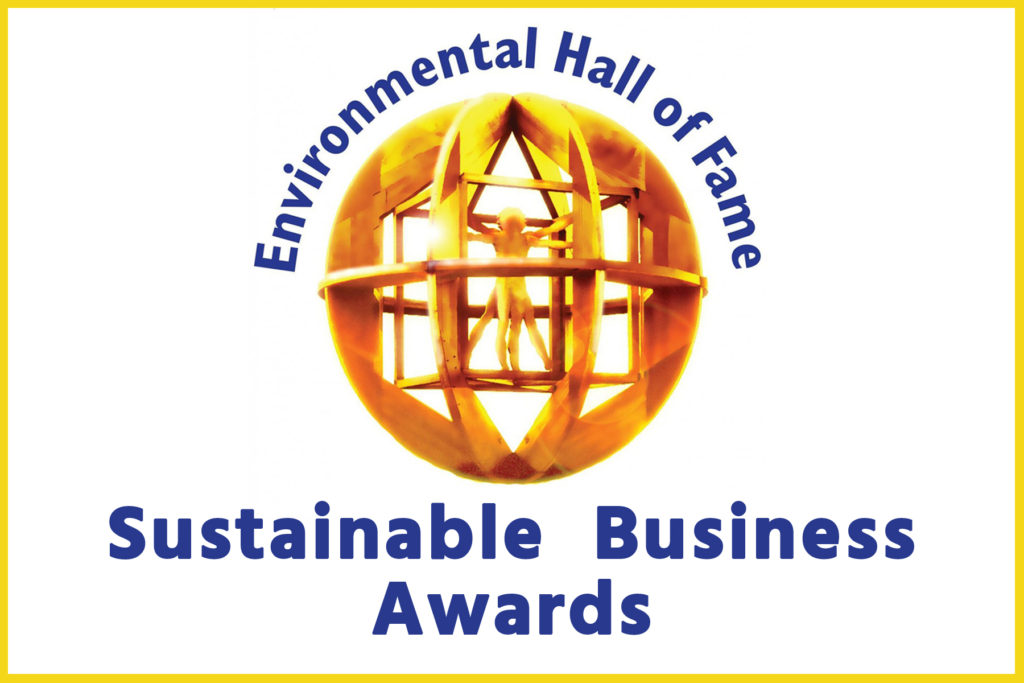Short Essay on Environmental Art
Introduction
There are several entries for Environmental Art Contests for Earth Day on Google. In these instances, Environmental Art usually refers to Nature Art, Wildlife Life Art and Solutions to Climate Change.
Traditionally, Environmental Art encompassed Landscape Art and Wildlife Art. Since the late 1960’s Environmental Art has grown, along with the Environmental Movement, to encompass Art Sculptures related to specific Environmental Settings, Sustainable Art, and Renewable Energy Art.
We would like our Guinness World Record (GWR) to include traditional as well as modern Environmental Art.
Therefore, for the GWR, we would like to include Environmental Art Images from Landscape Art, Wildlife Art, Site-Specific Art, Land Art, Sustainable Living Art and Climate Change Solutions (which include Renewable Energy).
Links to each of these areas can be found in Wikipedia:
Photographs are required for Site-Specific Art and Land Art since they are generally Art sculptures related to specific Environmental Settings.
Elaboration
Environmental Art encompasses traditional Landscape and Nature Art as well as art that has evolved with the growth of the Environmental Movement.
Until the 1960’s Environmental Art traditionally referred to Landscape and Nature Art. The purpose of Environmental Art since the late1960’s has usually been to bring our attention to the beauty of working with nature as well as ways to remediate environmental issues.
A Google search on “Environmental Art, Landscape Art and Nature Art” brings us to the first sentence of the Wikipedia section for Environmental Art,
The term environmental art is used in two different contexts: it can be used … earlier examples of environmental art stem from landscape painting and representation. … John Constable’s sky paintings “most closely represent the sky in nature.
Today, one will generally find images for the traditional understanding of Environmental Art under the headings of Landscape Art and Nature Art. However, they are traditionally considered to be Environmental Art.
One will often find images for Site Specific Art and Land Art under the heading of Environmental Art. Please note that this is a new development (since the late 1960’s)
I do not believe the Environmental Artists object to including traditional Landscape Art and Nature Art under Environmental Art. However, some may wish to claim Environmental Art as their own new and separate movement. However, this is a partisan, limited and not at all historical perspective of the term Environmental Art.
Furthermore, a narrow interpretation, restricting Environmental Art to refer to site specific and land art, is not at all intuitive. If asked, the vast majority of the population would understand Environmental Art to be art related to Nature and Wildlife.
In addition, restricting Environmental Art to refer to site specific and land art would rule out the most important developments of the Environmental Art Movement, which is the growth towards Sustainable Living Art and solutions to Climate Change. The vast majority of the population would agree with this as well.
The following is a more detailed introduction to Environmental Art from Wikipedia:
The term environmental art is used in two different contexts: it can be used generally to refer to art dealing with ecological issues and/or the natural, such as the formal, the political, the historical, or the social context.
Depending upon how you look at its definition, earlier examples of environmental art stem from landscape painting and representation. When artists painted onsite they developed a deep connection with the surrounding environment and its weather and brought these close observations into their canvases.
John Constable’s sky paintings “most closely represent the sky in nature.”[1] Monet’s London Series also exemplifies the artist’s connection with the environment “For me, a landscape does not exist in its own right, since its appearance changes at every moment; but the surrounding atmosphere brings it to life, the air and the light, which vary continually for me, it is only the surrounding atmosphere that gives subjects their true value.”[2]
It is possible to trace the growth of environmental art as a “movement”, beginning in the late 1960s or the 1970s. In its early phases it was most associated with sculpture—especially Site-specific art, Land art and Arte povera—having arisen out of mounting criticism of traditional sculptural forms and practices which were increasingly seen as outmoded and potentially out of harmony with the natural environment.
Wikipedia also includes Sustainable Art and Renewable Energy Art in its definition of Environmental Art
Sustainable art might be an alternative term to environmental or green art, in recognition of the challenges that sustainability brings for contemporary art as a whole.
Renewable energy sculpture is another recent development in environmental art. Representing a response to the increasing urgency in the global climate change debates.
Additional Categories of Environmental Art
The Largest Display of Environmental Art Images will include images from each of the Environmental Art Categories below.
Other than Land Art, most naturally fall under Sustainable Living Art and solutions to Climate Changes.
We have already discussed the first four.
Nature Art
Art in Nature
Site Specific Performance
Land Art
Additional categories can be included under Land Art
Bio-art
Crop Art
Earth Art
Earthworks
Ecoventions
Additional Environmental Art Categories include:
Acoustic Ecology
Agit Prop
Documentary Projects
Ecoart-tech
Green Activism
Slow food
Social Sculpture
We agree with Sam Bower who writes:
“How much the many forms of “environmental art” ends up benefiting the Earth is a matter of further discussion and analysis. If our goal is to create a sustainable human population on the Earth, then I think we are just seeing the very beginnings of where this work is headed. Most art that claims to be “environmental” or “ecological” isn’t really helping the worms and watersheds at all. Until we begin to consider art for non-humans seriously as a means of healing our relationship with the natural world, then we will just be scratching the surface of what’s possible. If we manage to integrate our human need for meaning and aesthetics with what works it won’t matter at all what it’s all called. “Ecology” and “art” will just be part of what we all do and take into consideration to survive and thrive.”
Our goal is to display Environmental Art that will have the biggest impact on helping Planet Earh.
Summary
Our definition and understanding of Environmental Art is historically accurate. It also encompasses the present and future direction that the Environmental Art movement is heading.
Our definition and understanding of Environmental Art takes the term out of the arcane and into the intuitive understanding of 99% of the human population (both traditionally, presently and in the future).
Our understanding of Environmental Art is informed by 5 years working with over 30 cities to determine the top sustainability solutions through Art to help the environment.
Environmental Art, properly understood, will inspire a greater appreciation of the environment and inspire greater solutions to help the environment.






